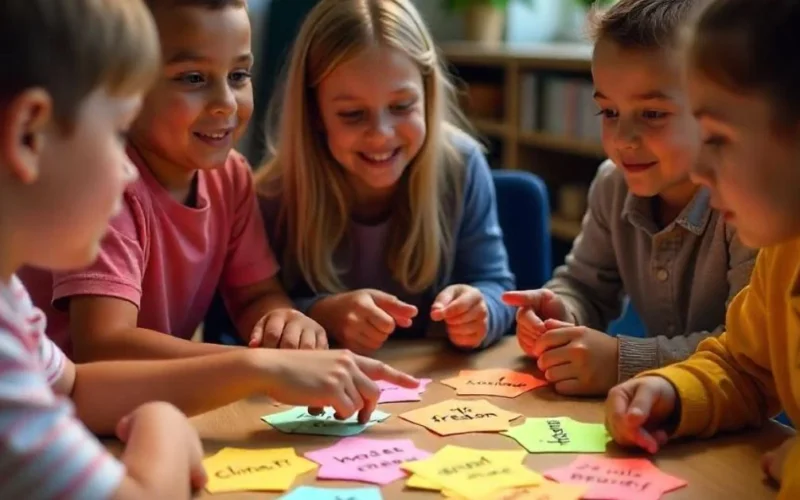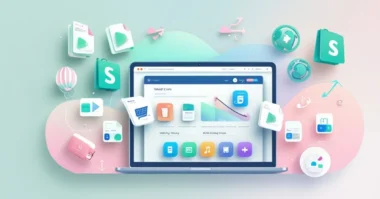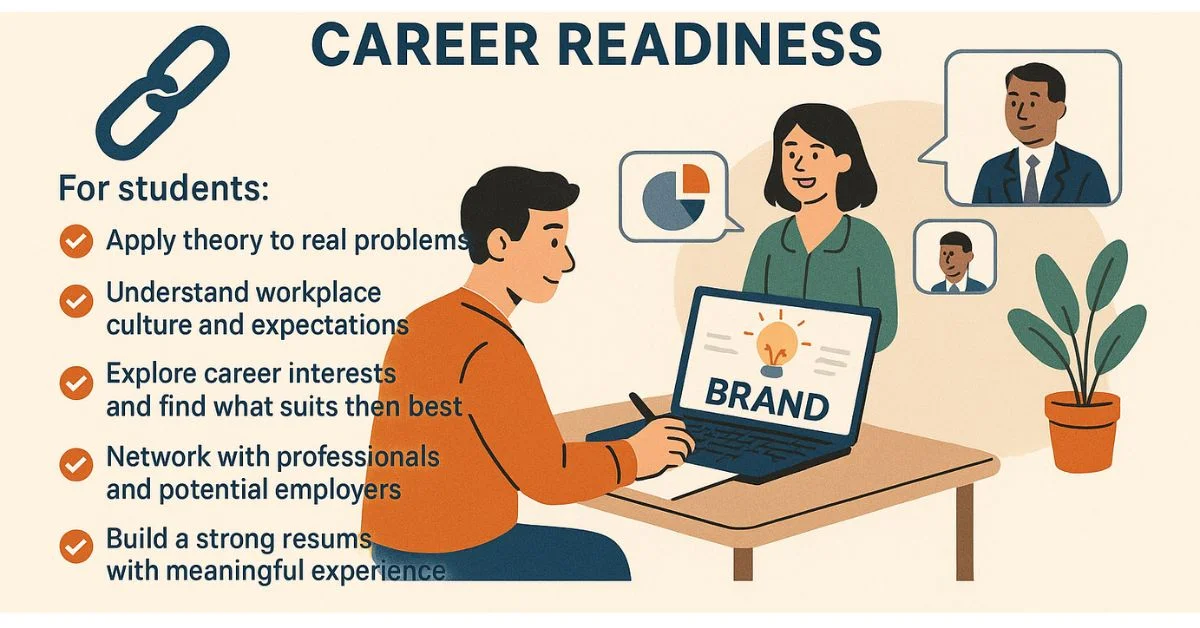Table of Contents
In today’s classrooms, it’s not enough for students to simply memorize facts or copy notes from a board. Real learning happens when students begin to make connections, ask questions, and think critically. That’s where hexagonal thinking comes in a visual learning strategy that helps learners unlock deeper understanding and engagement by mapping relationships between ideas.
What Is Hexagonal Thinking?
Hexagonal thinking is a visual tool used to promote critical thinking, collaboration, and deep comprehension. It works by writing different concepts, keywords, or themes on individual hexagon-shaped cards. Students then arrange the hexagons in ways that show how each idea connects to others. This flexible method encourages discussion, justification, and even disagreementall essential elements of real learning.Each hexagon has six sides, which makes it ideal for making multiple connections. Unlike traditional linear notes or simple Q&A worksheets, hexagonal thinking lets students see the bigger picture. It turns information into a web of connected knowledge.
The Core Idea Behind It
At its heart, hexagonal thinking is about relationships not just definitions. You’re not asking “What is photosynthesis?” but rather, “How does photosynthesis connect to deforestation, climate change, or energy transfer?” These connections matter because they help students understand not just what something is, but why it matters and how it fits into a larger system.
Why It Works Better Than Traditional Notes?
Traditional note-taking methods are often passive. Students copy down information and try to recall it later. With hexagonal thinking, students are active participants in their learning.
They are:
- Making choices
- Explaining reasoning
- Listening to others’ perspectives
- Adjusting their thinking as new ideas emerge
- This process builds not just understanding but confidence and curiosity, too.
Benefits of Hexagonal Thinking in Education
Hexagonal thinking isn’t just creative, it’s powerful. Educators across all levels are using it to boost student thinking, encourage collaboration, and enhance classroom engagement.
Boosts Engagement in Class
Students love hands-on activities. Giving them hexagons to move around physically (or digitally) adds an element of play to learning. It feels less like an assignment and more like a puzzle they get to solve. When students collaborate on their hexagon maps, they begin to own the conversation, challenging each other’s ideas and building new insights.
- Encourages active discussion
- Helps shy students engage through teamwork
- Makes learning visible and interactive
Develops Deeper Understanding
When students create connections between hexagons, they aren’t just reviewing content; they’re creating meaning. By defending their connections, they dig deeper into the topic.
For example, if students link the word “justice” to “freedom,” they must explain why. That explanation reveals their depth of understanding and may spark debate, leading to richer learning moments.
Works Across Subjects
Hexagonal thinking is incredibly flexible.
It can be used for:
- English Language Arts: Connect themes and quotes from novels.
- Science: Map out relationships between chemical reactions or ecosystems.
- History: Explore how events and figures are interconnected.
- Math: Link formulas, real-world applications, and strategies.
Because it’s not content-specific, educators can adapt it to any topic, age group, or learning goal.
 How to Use Hexagonal Thinking in the Classroom?
How to Use Hexagonal Thinking in the Classroom?
Getting started with hexagonal thinking doesn’t require special training or expensive materials. All you need is a list of key ideas and a set of blank hexagons. Whether you print them or use digital versions, the activity remains just as effective.
1. Setting Up the Activity
First, identify the key terms or ideas you want students to explore. This could be vocabulary words, events, themes, or even big questions. Write each one on a separate hexagon.
- Choose 12–20 terms based on lesson goals
- Use color-coding if needed (themes, concepts, etc.)
- Leave a few hexagons blank for student-generated ideas
Divide students into small groups and give each group a full set. Their task is to arrange the hexagons so that connected ideas are touching. There’s no single “right” arrangement; what matters is the reasoning behind the connections
2. Reflection and Follow-Up
After mapping and discussion, students can reflect on the process:
- Write a short explanation of their map
- Identify the most surprising connection they made
- Use their map as a base for a deeper writing assignment or project
- Teachers can also do a gallery walk where groups view each other’s maps and leave comments or questions.
Tools and Templates You Can Use
Creating your hexagons doesn’t have to be complicated. Many teachers use digital tools that save time and add flexibility.
1. Printable and Digital Resources
- Google Slides: Use drag-and-drop hexagon templates
- Canva: Customize and print classroom-ready hexagon sets
- Kami: An Interactive tool that allows collaboration in real time
- HexagonalThinking.com: Offers ready-made templates and tutorials
Using digital versions also makes it easier for remote or hybrid learning setups.
Best Practices for Designing Your Own
To make the most of hexagonal thinking in your classroom:
- Use clear, concise terms avoid complex phrases on each hexagon
- Keep the number of hexagons manageable (start with 12–16)
- Allow space for creativity leave some hexagons blank
- Encourage multiple answers, not just one correct layout
- These tips ensure that your students focus on thinking, not just finishing the task.
Conclusion
Hexagonal thinking is more than just a classroom activity it’s a mindset. It teaches students to think in relationships, not in silos. It builds skills that go beyond the textbook: critical thinking, collaboration, curiosity, and confidence.The best part? You don’t need expensive materials or hours of prep. Just some hexagons, a strong topic, and a classroom ready to explore ideas in new ways. Whether you’re teaching young learners or high school students, hexagonal thinking can make your lessons more interactive, thoughtful, and impactful.In a world where information is everywhere, knowing how to connect the dots is the real superpower. And hexagonal thinking gives your students the perfect map to get started.






